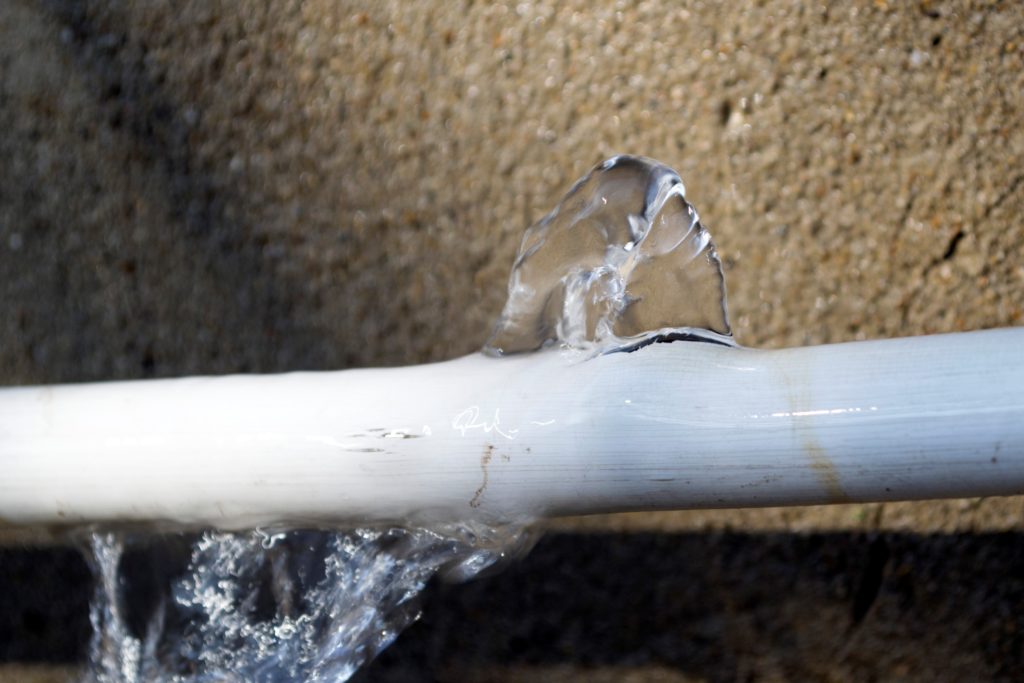There are certain foods that are great by themselves and maybe even better when combined with something else. Peanut butter and jelly? Nothing wrong with either on its own…but as a dynamic duo, they’re hard to beat.
Water’s a great thing, too, just as are building materials. But for the most part, they make for a worrisome and perhaps even expensive combinations. Materials such as plywood, insulation, and subflooring can develop mold and rot when exposed to water.
Well, that’s just one of numerous examples of the potential for water damage. Let’s examine a few and see how difficult they can be to detect…until repairable damage is needed.

Beneath a Window – Rainwater can trickle down between a window sash and jamb, saturating framing studs. Over time, this can rot wall studs and framing, leading to pricey repairs.
Under Siding – Anywhere unsealed siding panels meet, water can penetrate. This includes areas where siding abuts window trim, exterior corners, and so on. As water trickles beneath the siding, it can eventually rot plywood sheathing.
Beneath Dishwasher – While dishwashers are designed to keep water in the tub, things don’t always go as planned. A slow leak can develop in the joints of the water supply line and do serious damage to the subfloor without you even knowing it. You may not discover a problem until it’s time to replace your dishwasher.
Behind the Washing Machine – When was the last time you looked behind your washing machine? That long ago, huh? Regularly check washing machine hoses and connections for damage or signs of leaks and repair as necessary.
Behind Bath or Shower Surround – Unless your tub or shower surround is a single, molded unit, you’ll likely notice that, over time, the caulk around the surround will break down and crack, allowing water to seep in and damage wood studs, framing, and the subfloor.
Around the Chimney – Your roof is your home’s best defense against the elements. But chimneys, exhaust fans, and vents can allow water to seep in and damage roof decking. Make sure these areas are properly sealed.
Behind Exterior Faucets – An outdoor faucet connects to a water pipe just beneath the siding where it’s difficult to make a water-tight connection. If your faucet springs a leak, the water can run down the inside of the wall or siding, doing damage to framing and sheathing along the way.
You’ve seen shows like The Property Brothers on HGTV, right? Well, even top-notch pros can’t detect certain water damage issues until they begin demolishing a room or space prior to remodeling. Where you do see plumbing water leakage, contact Pann Home Services for prompt service and reliable results.
Or, if water damage doesn’t rear its ugly head until your knee-deep into a remodeling project and you don’t know who to turn to, turn right here – to Pann Home Services. We’re your local remodeling and handyman specialists.









